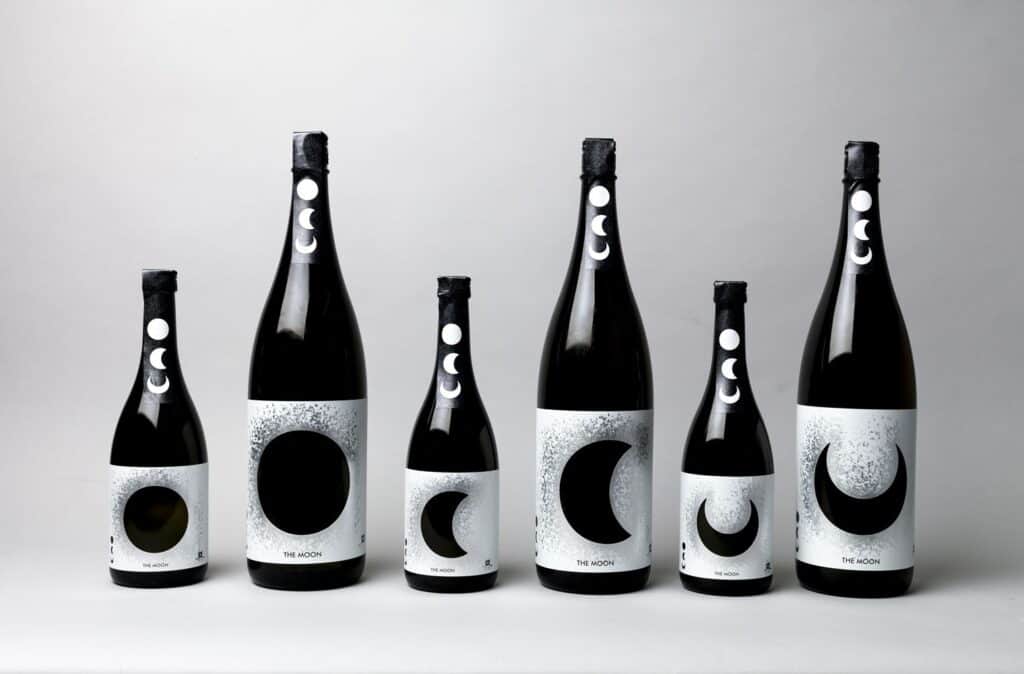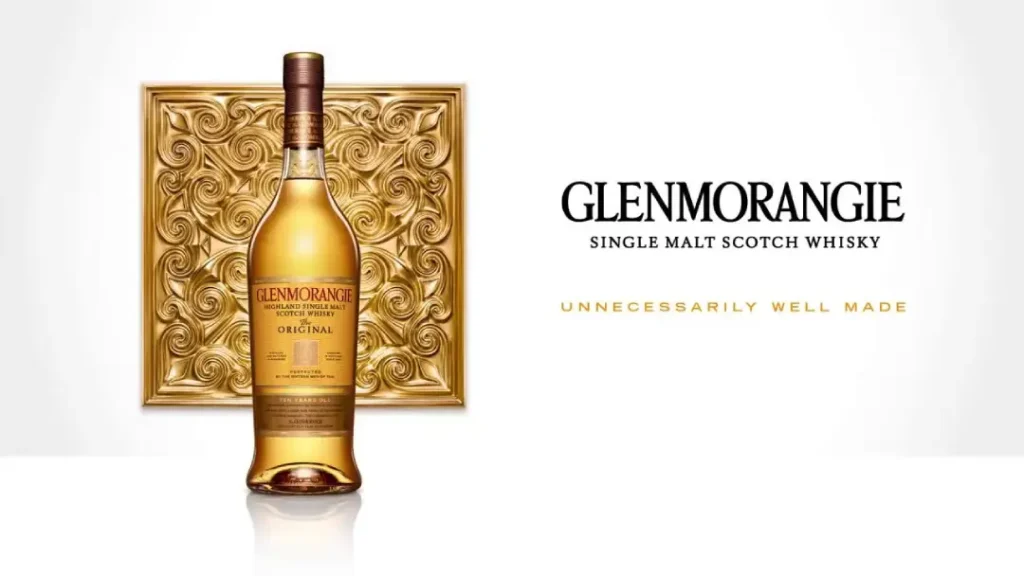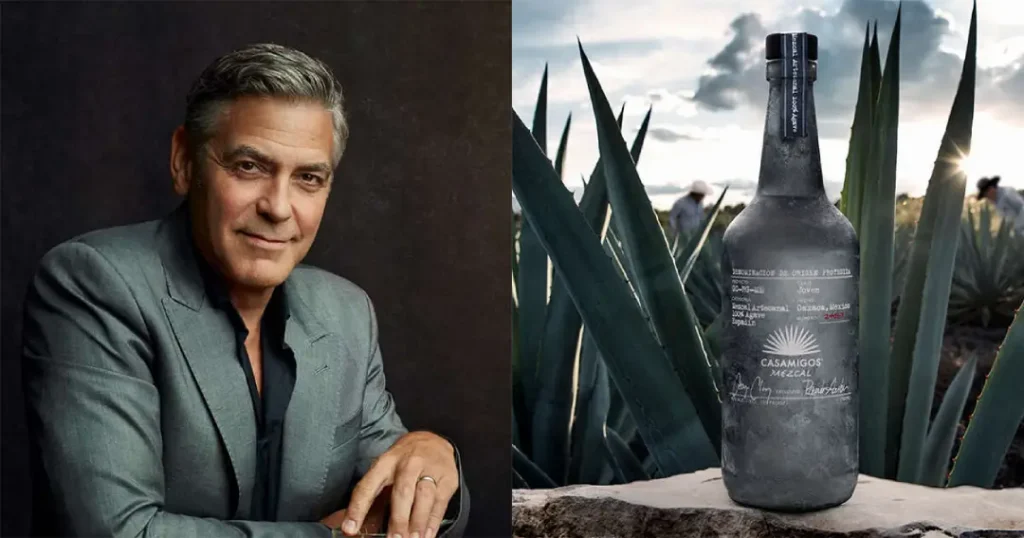Alcohol Branding: The Art of Selling Spirits
Is alcohol not a product? Yes, but it is not the same as other products. Name-branding alcohol comes with a set of challenges that are unique to most consumer goods. We’re talking about vice products here – things that are fun but can be abused. Alcohol brands have to find a balance between encouraging indulgence and promoting responsibility.
But if you can do it right, you’ll make a fortune. The top-tier alcohol brands become symbols of culture and sophistication. Think Johnnie Walker whiskey, Absolut vodka or Heineken beer. These iconic names speak of ambition, excitement and good times. You can’t resist expensive alcohol branding.
And the potential rewards are enormous. Worldwide, yearly revenues from the alcohol industry surpass $1tn. In the US alone, we consume over 200 gallons of beer, wine, and spirits yearly. Everyone wants to take this action!
Table of Contents
Brand Positioning – Finding Your Niche

So, how do you create an alcohol brand that stands out? Well, for starters, you need a strong positioning strategy. What does your boozy baby offer that no other drink does?
Some people are all about exclusivity and prestige. These high-end whisky or Champagne brands cater to the rich and famous. Others take an old-school beverage and give it a modern twist (enter boutique gin makers). And many just want to be the go-to fun option for weekend warriors.
Heineken hit this last nail on the head with their “Open Your World” campaign. These ads depict their iconic green bottle as a passport to adventure and friendship wherever you may roam. Think of Jack Daniel’s – they’ve positioned themselves as authentic Tennessee whiskey for hard-working Americans; it’s in their blood.
Finding Your Brand Voice
Now that your strategic positioning is established, it’s time to inject some personality into things — give your alcohol brand its voice. This brand voice will guide everything from product names and packaging design through advertising campaigns to social media posts.
Consider who your target consumers are as individuals. What tone of communication would resonate best with them? If you’re marketing towards young party-goers, playful, edgy and energetic brand voices like Smirnoff Ice or Bud Light might be appropriate for inspiration when finding words. In contrast, more sophisticated audiences could respond better if spoken to using polished worldly language such as Patrón tequila's “Simply Perfect” ethos.
Feel free to get weird! Craft beer companies such as Wychwood Brewery have mastered creating offbeat branding which drips personality at every turn – don't be afraid to follow suit here either, though, because let's face it: Drinking booze is about having fun & breaking routine…soda pop-sounding boring brands won’t cut it.
Packaging Design – Bottling the Brand Experience

With brand strategy set, attention turns to packaging and design – the physical manifestation of your brand that catches the eyes on crowded shelves. In alcohol, packaging is just as crucial as the liquid inside for communicating brand essence and creating desire.
All primo alcohol packaging design factors in shape, colour, typography, imagery, and premium materials. Did you know a heavier, well-crafted bottle can create a subconscious sense of higher quality? Elements like embossing, foil stamping, and textured labels also signal enhanced luxury and craftsmanship.
Shapes & Colours That Seduce
Then you've got the all-important elements of bottle shape and colour palette. For spirits brands especially, these packaging cues are like a Rorschach test revealing the brand personality. Straight angles and dark, bold hues convey ruggedness and strength (like Bulleit bourbon). Flowing curvaceous lines and lighter tints suggest femininity and sophistication (think skinny wine bottles).
Budweiser's iconic red packaging is burned into our cultural psyche. It screams classic American pride. Jack Daniel's distinctive square bottle shape is a clever nod to a tan ceramic bottle from the 1800s. Meanwhile, colourful, whimsical designs are necessary for craft beer six-packs to attract hop-heads.
The Art of Storytelling
Today's savvy alcohol brands transcend the bottle via multi-channel storytelling. It's all about humanising and adding emotional resonance to what was once just a name on a label. Who wouldn't want to join Johnny Walker's dapper jet-setting crew? Or drink a day in sunny Mexico with the Dos Equis “Most Interesting Man in the World”? Woven together through social content, digital videos, events, and traditional ads, these narratives are what hook us.
A Wee Storytelling Example
Let's look at a great example of alcohol storytelling from Scotland's Glenmorangie. Their “Unnecessarily Well Made” campaign taps into our innate human fascination with craft and heritage in a charming way. The videos and social posts romanticise the brand's quirky origins and age-old production methods, like using sturdy 19th-century cast iron equipment and getting cask aromas just right.

It transports you to this magical place where passionate madmen are obsessively tinkering to deliver the perfect dram. After watching, you can't help wondering what that sublime single malt might taste like. You're dying to find out. Their unnecessary obsession with perfection makes you desire the brand.
Leveraging Tradition
Many legacy alcohol brands lean heavily on historical cues and tradition as their signature storytelling gambit. Think Jose Cuervo playing up over 200 years of tequila-making pedigree. Or Jameson touting their Dublin provenance and old-school pot still distilling process. Antiquated production methods become a badge of honour – proof of authenticity and commitment to quality.
Even newer brands will often concoct backstories rooted in local heritage or familial anecdotes about outrageous drunken nights to deepen their sense of authenticity. Spinning a decent yarn adds mystique and romantic lore that sticky branding thrives on.
The Power of Influencer Marketing
Alcohol and influencer marketing go together like…well, you get it. Top alcohol brands are tapped into social celebrity influencers and personalities whose personas and lifestyles align with the brand ethos. That aspirational quality is catnip for brand-flaunting millennials and zoomers.
Crushing It with Casamigos
Take Casamigos tequila. Actor pals George Clooney, Rande Gerber, and Mike Meldman founded the brand after drinking their homemade hooch for years. But when they brought it to market in 2013, influencers helped ignite the buzz. Brand endorsers included Clooney's equally famous wife, Amal, Cindy Crawford, and Chris Paul. The brand Bingo had overnight clout among celebs and influencers in that affluent millennial thirst trap demo. Soon enough, Casamigos had achieved unicorn status before cashing out to Diageo for $1 billion.

Seizing on lifestyle influencers who live the brand spirit is an innovative business for alcohol brands. Take White Claw Hard Seltzer, an absolute titan thanks in part to targeted BTS activations with partying influencer tribes. The same goes for brands like Ketel One, capitalising on the industry cred and tastemaker status of top spirit experts and bartender influencers.
Getting Experiential
Brands used to be more recognised in the alcohol industry. Cult followings can no longer be created by buying brands; they must be earned. Companies must provide immersive experiences for their customers to achieve this. The idea is to make the consumers interact with the brand more than anything, whether online or IRL.
Incredible Beer Stunts
For example, The Brooklyn Brewery took craft credibility up a notch when it built The Brooklyn Brewery Maze on a Swedish farm – a vast green maze made of hops plants through which guests and media had to navigate before finally reaching out for Brooklyn Lager at its centre. It's just brilliant brand engagement.
Corona has always been a front-runner in creating an immersive branding experience where sponsors and content blur real-world vacation spots with dream palm trees — does anyone remember “From Where You’d Rather Be”? How did it virtually transport consumers into those perfect island settings where ice-cold Coronas flow like water? Tequila brands love setting up experiential lounges at parties, hotels, and resorts, with tasting rooms and mixology demos. Hey, we’re all about living la vida tequila for a day.
Augmented & Virtual Brand Worlds
More recently, though, alcohol labels have started using augmented reality (AR) or virtual reality (VR) technologies to submerge people into their own little branded universes — think Johnnie Walker White Walker whisky while basking in the wonders of Westeros through an AR app that tied into Game Of Thrones.
In 2019, Jim Beam unveiled an incredibly detailed VR recreation of its Clermont distillery in Kentucky called World Of Jim Beam, which allowed users to access every nook and cranny within each rack house; here, they could witness barrel char & char filtering, as well as the world, blend their virtual bourbon.
But as these tools become more accessible, expect even larger feats/showpieces from booze brands looking to create ever wilder escapes. Because what pairs better with dropping into a virtual fantasy world than sipping on a delicious beverage?
Piggybacking on Cultural Moments
Clever alcohol branding today means becoming part of the broader cultural conversation by aligning with buzz-worthy events, TV shows, celebrities and memes. Why root your brand to a single ad campaign when you can strategically attach it to the white-hot intellectual properties we're collectively obsessed with?
The real-time marketing pros at Anheuser-Busch are gurus at this. Whether it's Bud Light's Emmy-winner “Dilly Dilly”, a medieval meme-worthy wonder, or Michelob Ultra's sustained presence alongside hit shows like Game of Thrones and Billions, talk about a deft cultural-hitching strategy.
But smaller craft brands get in on the action, too. Missed Revolution Brewing's killer Yeezus-inspired “Crucninvm” Polish lager with an edgy can design evoking Kanye West's album? Or Ommegang's exquisite Game of Thrones-inspired brews like “Hand of the Queen” barleywine? The opportunities to surprise and delight fans with of-the-moment brand activations are endless.
Standing for Something Beyond Hooch
Top-tier alcohol brands realise they must attach meaning and social purpose beyond alcoholic refreshments alone. Cultivating passion, community, and values-based missions are part of achieving iconic brand resonance these days.
Purpose-Driven Brand Missions
Take Brewdog, the brave Scottish punks of craft beer who proudly preach their “Planet Punks” sustainability ethos. They back it up by being carbon-negative, ditching plastic rings, replacing a third of their lineup with non-alcoholic brews and more. Not to mention their “buy one, get one planted” trees initiative tied to their top seller “Punk IPA.”
Appleton Estate rum invests heavily in the next generation of Jamaican musical artists and creatives through its “The New Jamaican Hustle” platform. It's a brilliant way to authentically link the brand to the island's vibrant cultural heritage. Meanwhile, Bombay Sapphire famously champions artistic expression through its Artisan Series collaborations and immersive events.
Ultimately, the best alcohol brands create deeper meaning by aligning with relevant causes and cultivating passionate communities of brand evangelists and hobbyists. Far more than marketing ploys, these purposeful missions forge iron-clad fan bonds.
The Future of Alcohol Branding?

So, what does the future hold for alcohol branding innovation? For starters, expect even more granular micro-targeting as data-driven precision marketing takes over. Why cast a wide top-down ad net when you can surgically tailor brand experiences directly to consumers based on their unique preferences and behaviours?
Further brand universe expansion across new platforms and mediums is a given, too. Imagine entering immersive virtual tasting lounges as an avatar or unlocking new levels of an alcohol-themed mobile game by purchasing a physical bottle. You may even have AI-generated branded experiences that intelligently adapt to your mood or setting each time.
One thing's for sure: as consumers' tastes and expectations for craftsmanship, artistry and authenticity keep rising, the best alcohol brands will keep aiming higher, too. More meaning, magic, and transporting the senses to extraordinary places – the ultimate branding goal for beverages that deliver escape and indulgence. Bottoms up!
Frequently Asked Questions about Alcohol Branding:
What are the main obstacles alcohol brands face regarding branding?
Trying to find a balance between encouraging indulgence and promoting responsible drinking is difficult for vice products such as alcohol. Additionally, many legal barriers exist to creative advertising within the industry due to alcohol marketing regulations. Finally, with so many companies vying for attention in an overcrowded market space, getting noticed can take a lot of work.
Which were some of the most successful campaigns run by alcohol brands?
Johnnie Walker’s jet-setting “Keep Walking” advertisements and storytelling; Dos Equis’ “Most Interesting Man” character; Absolut’s artist collaboration bottle designs, which have been ongoing for years now; Budweiser playing off American heritage & craftsmanship in their heartstring-tugging spots.
Is packaging design important for alcohol brands?
Packaging design is essential – shape, colour palette, label design, and premium materials communicate just as much brand essence as what’s inside the bottle itself. Unique packages that pop on shelves and hint at the personality behind them are essential.
Why do influencers matter so much when selling drinks? Why not rely on traditional advertising methods if they’re cheaper anyway?
Traditional ads won’t cut through anymore because consumers know how expensive they are – paid media = biased opinions! Top influencers’ aspirational lifestyles & personalities align perfectly with desired brand ethos + consumer mindsets targeted by alco-beve marketers… Their endorsements pack an authenticity punch for brand-flaunting millennials and zoomers.
What does ‘experiential marketing’ mean within the context of alcoholic beverages?
Giving people opportunities to touch, taste or feel booze firsthand – making themselves part of the story. Pop-ups, exclusive events, AR apps, VR distillery tours… These are all ways brands can create immersive physical or digital experiences that forge emotional connections beyond passive ads.
How do alcohol companies tap into more significant cultural trends?
Instead of trying to come up with our weird ideas (and potentially wasting money), we piggyback off popular TV shows, celebrities, memes and other things people are already discussing! Real-time marketing helps us ride existing waves of attention rather than creating new ones from scratch – this way, it feels less like advertising, too.
Why should booze brands have a ‘higher purpose’ in today’s world?
Nobody wants boring old refreshments – consumers demand more profound experiences nowadays. Modernity demands more sustainable living; post-modernity craves art/culture; late-stage capitalism needs values-based initiatives… Alcohol brands must find these higher truths if they want fanatics for life!
